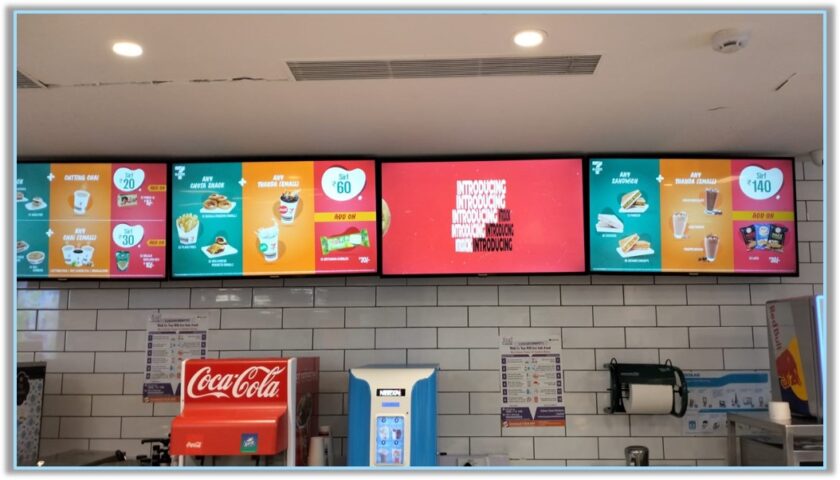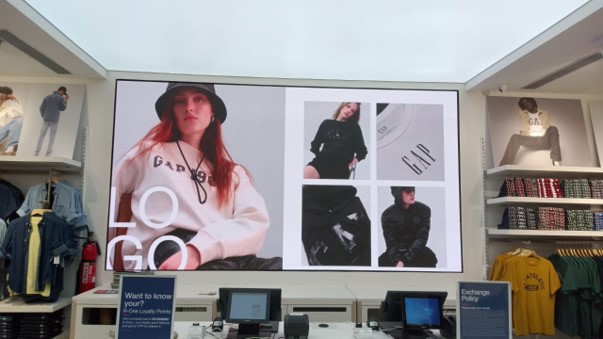Today’s digital signage concepts are typically connected to a networked infrastructure and integrated into complex customer journeys. Isolated silo concepts are history. The focus lies on spatial and temporal contextual engaging content. To learn more about connected signage, invidis spoke with Anand Bhandari, IoT Business Head at Jio Things - a dedicated B2B IoT-platform with millions of connected sensors and devices.

Future of Digital Signage: Contextual not Personalized
IoT platform eco-systems such as Samsung Smartthings but also Amazon IoT AWS and Microsoft Azure IoT enable users to optimize processes and to improve customer experiences. In contrast to previously widespread project-specific sensor setups, highly standardized IoT platforms offer a buy-and-build approach for scalable, cost-effective, quick-to-implement, and manageable networks.
While Amazon and Microsoft enable enterprise-ready IoT networks, the digital signage industry is generally looking for simpler and more cost-effective solutions for context-sensitive concepts. This is where Samsung Smartthings Pro or Jio Things IoT come into play – sensor and data networks that work with thousands of sensors from different providers, such as Nexmosphere, and are easy to implement.
Jio Things was developed by India’s largest telecommunications group Jio and presented at the invidis Infocomm India Digital Signage Conference. Jio Things is a subsidiary of Jio Platforms, a Reliance Group – with an annual turnover of over USD 120 billion, making it India’s largest private company.
First dedicated B2B IoT platform
In contrast to Samsung Smart Things, which was originally developed for home automation, Jio Things was designed for B2B use right from the start. “We connect all digital assets in buildings, retail, or factories with the cloud. We enable integrators and end customers to create additional added value via easy-to-use user interfaces,” Anand Bhandari from Jio Things says in an invidis interview.
In addition to utility companies that already have millions of connected devices, Jio Things is also focused on other industries such as manufacturing, automotive, logistics, and specifically on the retail segment. “We have built an entire digital signage ecosystem around the needs of the retail industry. In retail projects in particular, sensors, cameras, microphones, and interactions generate many data points and triggers that interact with data from the cloud. Customer experience data is jointly collected building automation information (e.g. HVAC, elevators, UPS, motion sensors, light and door control) via a common platform and analysed and processed using AI-based tools in the cloud.



Jio Tings also integrates digital signage SoC platforms from Samsung, LG, Philips, and other display providers and also platforms like Android, Chrome OS, Windows.
Retail Reality – contextually personalized
The special challenges in retail projects are particularly important to Anand Bhandari. “Many agencies mistakenly focus only on personalization in customer experience digital signage. But digital signage is primarily a one-to-many medium – context is most important.” Digital signage content should adapt to actions in front of the screens, how customers interact with merchandize and other variables such as weather, time of day or temperature.
The relevance of digital signage increases with the relevance of the content. IoT platforms with its connected sensors orchestrate AI-supported customer experiences.
SaaS or OEM
Jio Things is sold directly to digital signage integrators and B2B end customers, but is also available as a “white label” OEM solution for display manufacturers, integrators, and other market participants.
